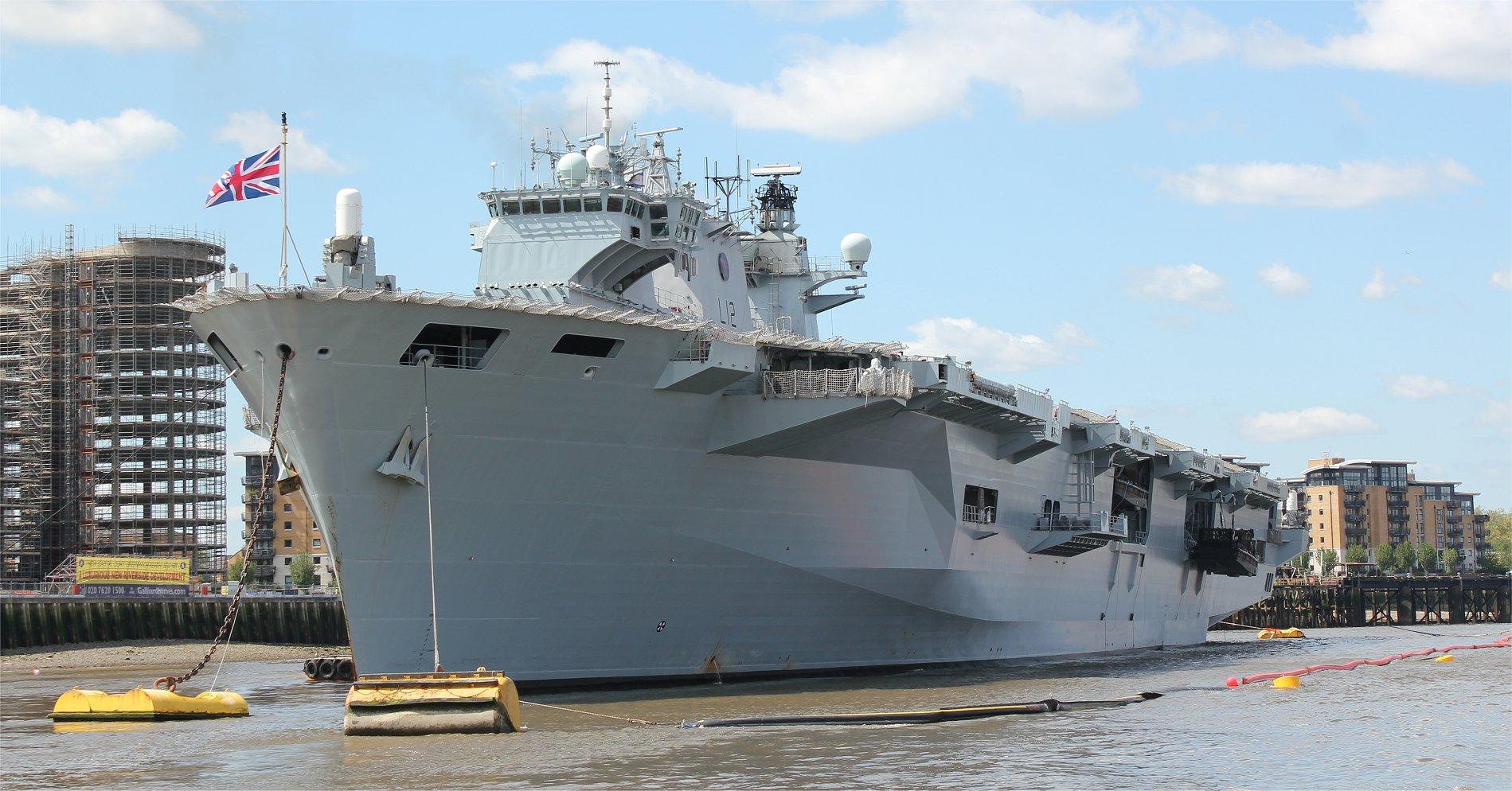
By Li Jian and Liu Jixi
The British Royal Navy has been a bit busy recently. On August 12, it sent frigate Kent to "respond to the increasingly severe escort situation in the Persian Gulf". Before that, the UK took the lead and organized the "Baltic Protector" military exercise in the Baltic Sea, involving 44 ships from nine countries. In British Defense Minister’s words, "it’s the largest deployment of the Royal Navy in the Baltic Sea for over 100 years ", intending to show muscles to Russia.
The Royal Navy, under the once empire that sun never set, seems to be still looking for its glory of the past.
But, the recent limelight can hardly hide the embarrassment of its waning Until the early 1960s, Britain still had the illusion of "world navy" after the end of World War II, who maintained a large scale of more than 400 ships including seven aircraft carriers and 10 cruisers, and managed to build a strategic missile nuclear submarine with the support of the US. However, the huge maintenance costs and the loss of a large number of overseas bases forced it to abandon its global strategy of "competing for maritime control" and fully withdrew from the east of the Suez Canal in the mid 1970s.
Since the end of the Cold War, the British Navy chose to blindly follow the US in order to maintain the "global influence" of the military power and traditional maritime power, even created the slogan of "Reaching beyond the North Atlantic". From Gulf War, Kosovo War, Afghan War, Iraq War, Libyan War, Syrian War, to the involvement in Iran, the British Navy has served as the vanguard of the "neo-interventionism" of the US over and over again. The actions of the British Navy aim to showcase the loyalty to the "special US-UK relationship." Such commitments are often criticized as "lack of strategic thinking."
In fact, what the British Navy lacks is not a strategic idea, but the strategic self-reliance. As the British Navy shrinks into a regional navy, its own positioning has also been transformed into "contributing to joint operations". That is, using its special geopolitical position as an important strategic hub for the West in the East-West confrontation, as well as its rich anti-submarine experience, the UK has earned a special defense and political status within NATO.
In its Strategic Defense Review (SDR) released in 1998, the UK proposed to shift the British Navy from defending the European theater to supporting global operations and confirmed that the strategic value of the British Navy is to provide support for the delivery of joint forces. That is to say, the UK voluntarily gave up its independent ability to carry out strategic missions, merely emphasizing that the UK participated in NATO's missions as an integral part of it and pursued the strategy of following the US lead.
To this day, the glory of the "the empire that sun never sets" has become a thing of the past, and the reduction of military spending has become the biggest bottleneck restricting its development. Although the Royal Navy is still a modern maritime force with a good size, balanced structure and advanced technology and equipment, the military spending for maintaining this high-quality navy has been too much to afford for a long time.
In 2017, the ratio of British military expenditure to GDP dropped from about 4 percent after the Cold War to 2.17 percent, reaching the minimum standard of not less than 2 percent required by NATO. The shrinking military spending has led to a significant reduction in the number of naval vessels and aircrafts. At present, the UK only keep six Type-45 destroyers, which is half of the previous Type-42 destroyers, while the Type-23 frigates, which have been in service for 30 years, are about to reach the service age successively. The replacement, Type-26 frigate are still not officially in service, despite high expectations, and the delivery date of HMS Prince of Wales is also quite far.
Insufficient military expenditure has led to temporary deficit in its equipment, and the super-tense overseas deployment laid a safety hazard for the Royal Navy to regain its glory. The British aircraft carrier HMS Queen Elizabeth that was commissioned at the end of 2017 is a case in point. Due to the lack of budget, the Queen Elizabeth aircraft carrier used the diesel power system, not the nuclear power system, and it was returned to the factory for repair less than one month after it was commissioned.
It could be seen that although the Royal Navy was frequently present in hotspot areas, it is difficult to hide the embarrassing reality that its glory is gone. Maybe if the UK could stop blindly following the pace of the "neo-interventionism" of the US and setting fire everywhere, and instead focus on its own defense and strategic self-reliance, the days of the Royal Navy would be not so difficult.









